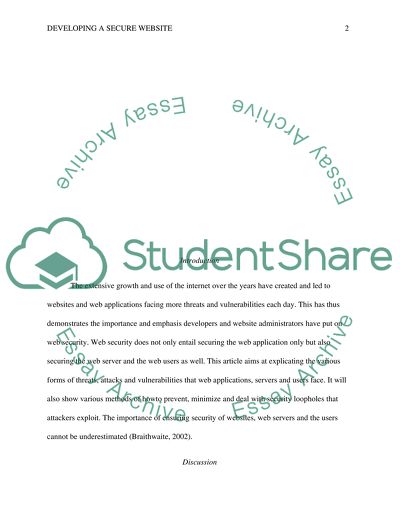Cite this document
(“Developing an interactive secure website Research Paper”, n.d.)
Retrieved de https://studentshare.org/information-technology/1392846-developing-an-interactive-secure-website
Retrieved de https://studentshare.org/information-technology/1392846-developing-an-interactive-secure-website
(Developing an Interactive Secure Website Research Paper)
https://studentshare.org/information-technology/1392846-developing-an-interactive-secure-website.
https://studentshare.org/information-technology/1392846-developing-an-interactive-secure-website.
“Developing an Interactive Secure Website Research Paper”, n.d. https://studentshare.org/information-technology/1392846-developing-an-interactive-secure-website.


